Will Electric Cars Kill The Grid In Hot Summer Months?

EV Blackout Grid Top
Let's investigate the myth that our electric grid can't "handle" a rise in EV adoption, and why our energy needs are changing so fast.
If you haven't noticed, there's a lot of fear, uncertainty, and doubt being thrown about when it comes to the adoption of electric vehicles. It’s gaining a disturbing amount of traction, despite EV sales booming pretty much across the board. Some of these fears are well-founded. Others... less so. But as America races toward another record-hot summer, more than a few critics worry that a rise in electric cars will further strain an already taxed and outdated electric grid. So how true is that, really?
Welcome to part two in our ongoing series, EV Myths Discharged, in which we run head-on at some bit of anti-EV rhetoric we've seen spreading around in the news and on social media. This month's topic is the belief that a rise in EV adoption will inevitably destroy the electrical grid that's been precariously woven across our nation

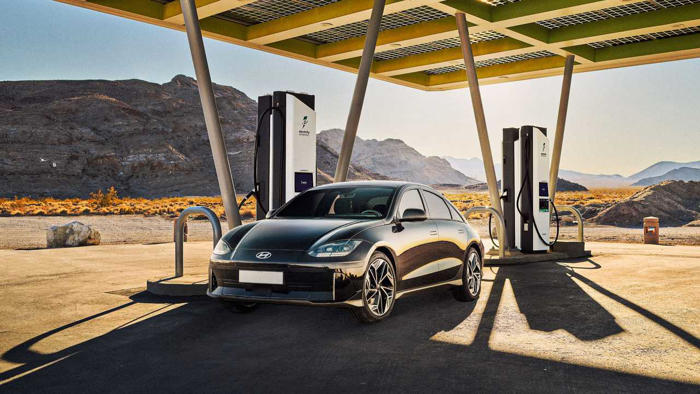
Hyundai Ioniq 6 at an Electrify America fast charging station
Hyundai Ioniq 6 at an Electrify America fast charging station
It's easy to see where this belief could come from, with stories every year about grids struggling under increased loads whenever temperatures spike for extended periods. Adding more EVs to the streets will just make these summer-month issues even worse, right?
The truth, as it turns out, is quite different. Not only do EVs stand poised to help solve this problem, but there's also the potential that EV owners could profit from increased grid demand.
Local Needs, Global Trends
Before we dig in, I want to clarify that it's virtually impossible to do a comprehensive look at every trend impacting every grid across North America. "Similar to how all politics is local, all grid capacity is local," Chanel Parson told me. She's the Director of Clean Energy and Demand Response at Southern California Edison, the utility covering much of southern California.
When ensuring the reliability of the grid, a significant portion comes down to demand forecasting, a hugely complicated science of predicting who needs how much juice and when, while factoring in wildcards like temperature swings and extreme weather.
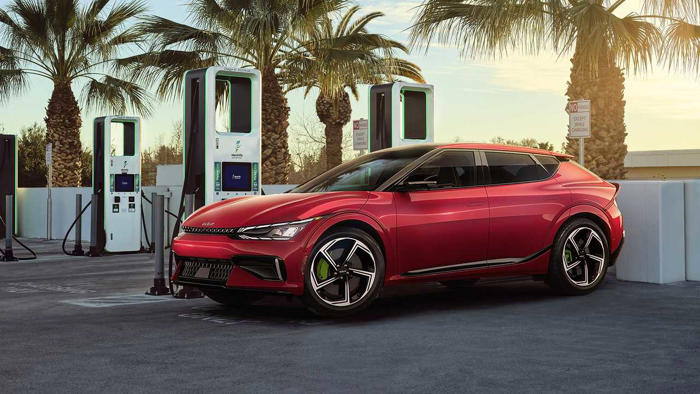
2023 Kia EV6 GT at Electrify America station
2023 Kia EV6 GT at Electrify America station
So, the data and perspectives you'll read here are largely focused on these two areas, but the trends certainly apply across the rest of the country.
Increasing Demand
Regardless of where you live, there's no doubt that an increase in the use of electric vehicles will place significantly more demand on the grid. However, you might be surprised to learn that the EVs showing up on your local dealers' lots are less of a concern than other trends around electric use.
Data centers are an increasing challenge for grids to deal with, and in New York State, at least, an influx of semiconductor chip fabricators is likewise spiking demand. A single proposed facility in Clay, New York, would consume 480 megawatts of power, or enough for 400,000 homes. Across the country, you also have other novel electricity demand issues caused by things like the growth of commercial and residential areas, cryptocurrency mining, increased air conditioner use as temperatures get hotter, and so on.

NYC heat
Photo: Lerone Peters/Unsplash
Transportation is indeed a major source of increased demand, but light-duty vehicles— the kinds that you or I drive for work or play—are a relatively small piece of the puzzle.
"Your everyday light-duty passenger vehicle has very minimal impact on the grid and grid capacity," Parson said. "Where we're really seeing the large demand come, and we're welcoming it, is the medium-duty, heavy-duty vehicle charging depots, and that is where we're seeing requests for 10, 15, 20 megawatts of power in one spot."
In other words, your next EV is a drop in the bucket compared to plans for emissions-free trucking and hauling. To recharge those giant trucks, we’ll need far more electricity than your garden variety Ioniq 5 is going to use, even on a road trip.
It’s also worth noting that this isn’t even a summer-specific problem. A dramatic increase in the use of electric heating will put significant new demands on the grids during winter.
Heat pumps are highly efficient in a wide range of temperatures but struggle when temperatures drop well below freezing, switching to inefficient resistive heating. That's not an issue in much of California. However, in New York State, it's a significant concern.
But as any EV owner in a cold climate will tell you, heat pumps aren't the only thing losing efficiency in the cold. All EVs struggle to some degree in frigid conditions, delivering less driving efficiency while wasting more energy keeping the occupants warm. That likewise means more demand.
The net result? Our demand curves are about to change in a big way.
Shifting Curves
What's the number one reason why you shouldn't worry about the summer grid demand in an EV-filled future? Because in the future, grids will actually see peak demand in the winter. Check out this chart put together by the NY Independent System Operator's 2023-2032 Comprehensive Reliability Plan:
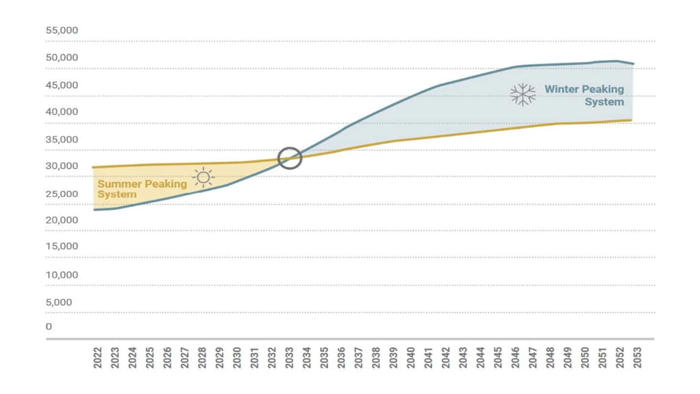
Credit: NYISO
Credit: NYISO
That shift in demand means that the historic summer spikes will be far outclassed by newfound winter needs. More heat pumps plus lowered efficiency from EVs will mean every grid operator in a cold climate will be wishing they could burn their old forecasts for heat.
Even California, with an average January temperature of 43 degrees Fahrenheit compared to New York's 20, will see this shift.
"Even though it doesn't get as cold in California as in New York, we still turn our heaters on," Parson said. "We have our customers transitioning to electric, which is what we think is going to be cleaner, more efficient, more affordable. We will see a different demand curve. And so, similar to New York, we will have a winter morning peak."
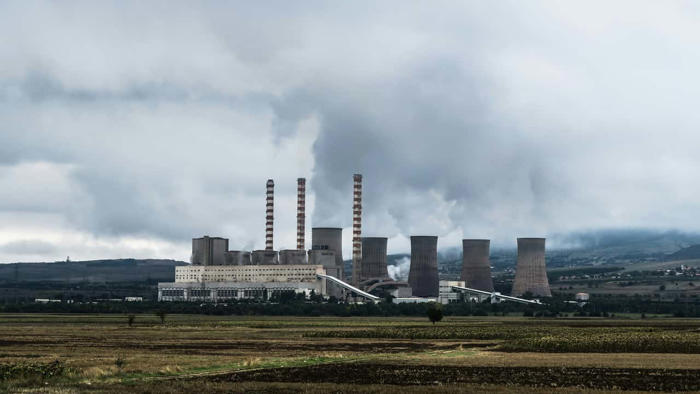
Power Plant
Photo: Jason Mavrommatis/Unsplash
But regardless of timing, the overall annual demand will be massively bigger than what we see today. According to the NYISO reports, which project demand out 30 years, New York State will see total annual energy usage by EVs rise from 1,124 gigawatt-hours this year to 42,092 GWh in 2054. That's a nearly forty-times increase.
But context is important. In the same period, overall, New York state energy usage will climb from about 150,000 GWh to somewhere between 210,000 and 340,000 GWh by 2054.
California will also see massive growth, with Edison predicting an 80 percent increase by 2045, which the state has targeted to be carbon-neutral.
Meeting that demand will require a far more capable grid system than we have today, but that won't do us any good if we don't have the generation to match it.
Increasing Production
Meeting an unprecedented spike in electrical demand is going to require far more electrons shoved into the grid than ever before. Increasing production in a renewable way is a massive challenge, but the states are preparing.
The New York grid is particularly challenged by initiatives to reduce the reliance on peaking power plants, or peakers, which are on-demand, local providers of electricity that can be fired up on short notice when needed. They're quick and handy but terribly inefficient.
So, New York State is working to reduce their use dramatically. That just makes the challenge ahead even steeper, but there are plans. A major one is the Champlain Hudson Power Express, or CHPE, an underground, high-voltage DC line running from Quebec down along the Hudson.
As it happens, it runs right past my house, which sadly doesn't do me any good as every electron it carries is destined for use exclusively in New York City.
When completed in 2026, this energy pipeline will bring 1,250 megawatts of renewable Canadian wind and hydropower to NYC.
"It's not providing anything yet, but once it does connect, that's going to be a significant addition. There's megawatts to get injected directly into New York City and help make up for the gap that the peaker retirements have caused," Kevin Lanahan told me. He's VP of External Affairs and Corporate Communications for New York State's Independent System Operator, which operates and ensures the reliability of the NY grid.
This will go a long way towards meeting future goals, but we'll need more, with plans to be met using massively increased wind and solar generation.
The problem with many of these renewable sources is their unreliable nature, exacerbated by the retirement of peakers. Solar systems produce the most juice when it's sunny. Wind farms really crank out the gigawatts when it's windy. What about the lulls in between?
Battery Power
A grid's health isn't measured just by its peak capacity but by its ability to provide steady, reliable power. An increasing reliance on unpredictable sources calls for buffering, and increasingly that means batteries.
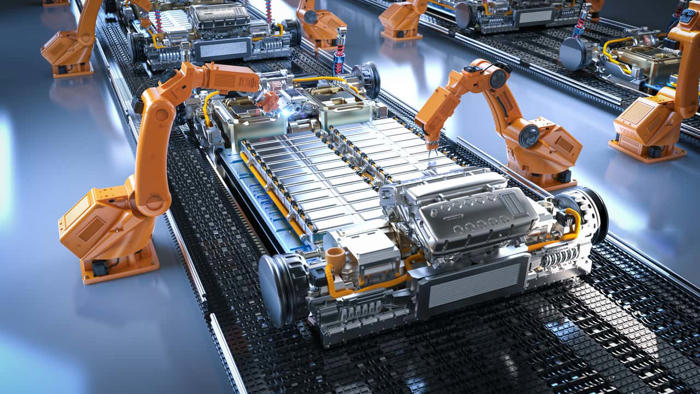
Lithium-Ion Battery Assembly
Lithium-Ion Battery Assembly
"Utility-scale battery storage is something that in the last four years has exponentially grown, and we seek to put more utility-scale battery storage on the system that will support some of these peaks," SCE's Parson said.
These types of installations are not only more environmentally friendly, but also more economically viable (read: cheaper) than peakers for handling extreme loads.
But there'll need to be more, and this is where EVs actually could become part of the solution. One way is with managed charging, which would ensure that EVs only top themselves up when there's grid capacity.
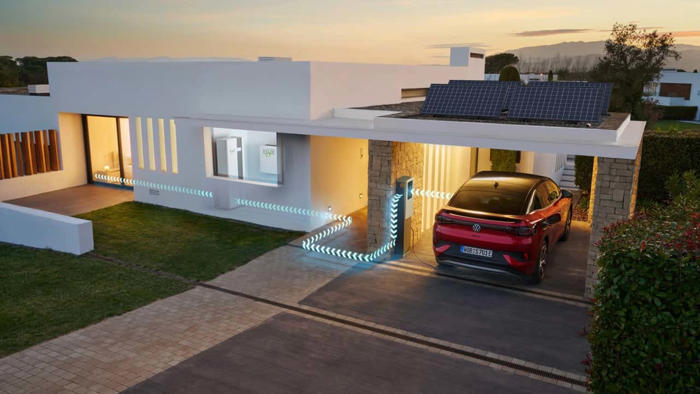
Volkswagen debuts bidirectional charging in Europe on select ID models
Volkswagen debuts bidirectional charging in Europe on select ID models
And with bidirectional charging, EVs could actually help to balance the load. While few EVs currently offer the ability to power entire homes or put energy into the grid—and those that do require expensive equipment to do the job—that feature is quickly catching on. It could one day turn any EV into a kind of mobile battery that can support the grid as needed, while all of a gas car’s potential energy just sits in the tank until it’s time to go.
"Passenger vehicles, they sit for much longer of the day than they are driving. They really are only driven one to two hours a day, and they're sitting for the rest of the time. And so that gives you 22 to 23 hours a day of flexible load, where the batteries can charge flexibly and discharge flexibly," Parson said.
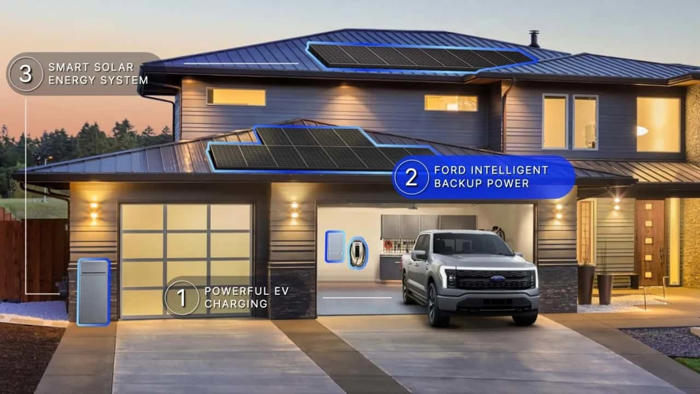
F-150 Lightning Bidirectional Charging
F-150 Lightning Bidirectional Charging
The idea is that you'd dedicate some percentage of your battery to the grid, allowing your car to help out in those peak situations. And it wouldn't be a charity.
"We recently sent a proposal to our regulator, the California Public Utilities Commission, for a vehicle grid integration rate that will provide some structure and allow our customers to be paid to support grid resiliency with their vehicle battery," Parson said.
So, just like solar panels on the roof can earn money on a sunny day, an EV with a big battery in your garage might just offset your lease payment.
Increasing Capability
While generation is a vital part of the puzzle, it's no good without a far more advanced grid to bring that electricity where it's needed.
It's easy to think of the grid as just a mesh of dumb wires that ruin the view, but a considerable, and increasing, amount of intelligence is found between those cables.
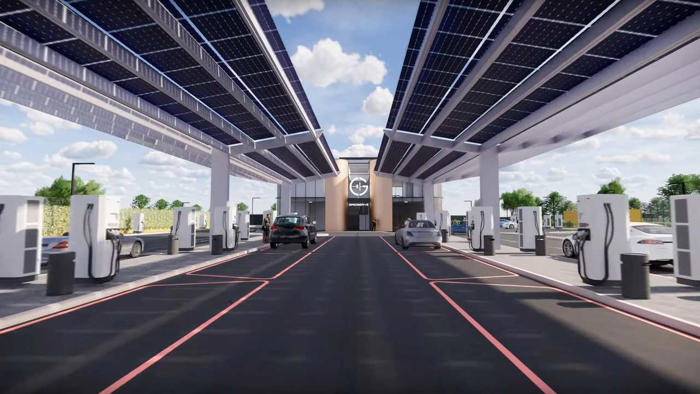
Gridserve fast charging station
It wasn't that long ago that the grid basically worked in one direction. Power went from big producers through big wires, eventually filtering out to smaller consumers. Now, with things like residential solar and distributed generation from wind and solar farms, there's a lot more give and take.
And a lot more energy flowing, too. Some technologies enable our existing grid to carry more current more efficiently, like dynamic line rating, which pushes more current through old wires when the weather is right.
Believe it or not, wind speed has a significant impact on the resistance of a given strand of overhead wire, and today's more advanced weather models account for that.
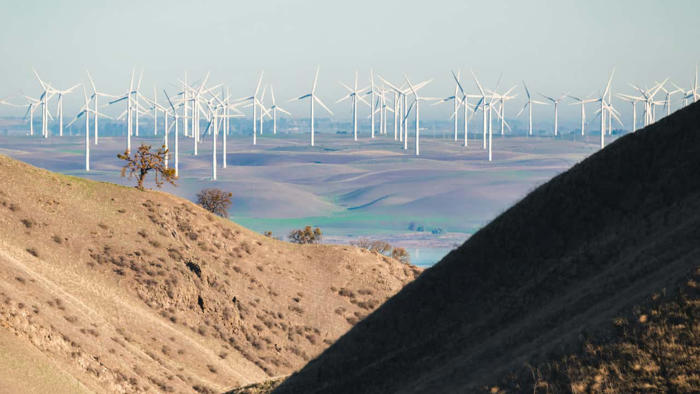
Chris Briggs/Unsplash
Chris Briggs/Unsplash
But no amount of science is going to make our old grid meet tomorrow's demands. A recent study from the University of California, Davis modeled California vehicle usage patterns and applied them to the state's aggressive emissions-free goals. It determined that the grid would require substantial increases to avoid the kind of doom and gloom failures that many people predict. According to the study's authors, California's grid operators must put somewhere between $6 and $20 billion into the grid to meet that need.
On the surface, that seems like a huge amount, the kind of thing that will dramatically spike taxes for every Californian regardless of what they're driving. But, again, perspective is everything.
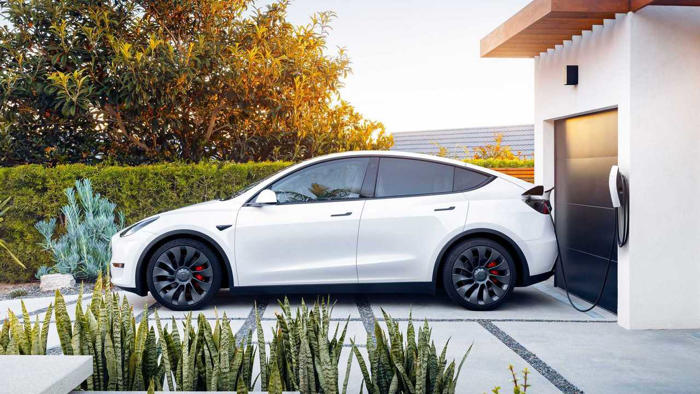
Tesla Model Y home charging
Tesla Model Y home charging
In the past decade, utilities have invested billions into critical energy infrastructure, SCE's Parson said. "This is the past decade and utilities as a whole, and in 2023 alone, investing nearly $168 billion to make the grid stronger, smarter, cleaner, more dynamic, and more secure."
In fact, that UC Davis study showed that overall utility costs in California would decrease by between $0.01 and $0.06 per kWh by 2045. In other words, charging up your Hummer EV at home could cost $12 less than it does today.
The study does indicate that people's overall electrical bills will be higher than they were before because of their increased reliance, but there's an upside to that, too: "The cost should be offset by a reduction in gasoline spending, energy efficiency increase, and emission reduction, etc.," Yanning Li told me. She's a Ph.D. candidate at UC Davis and one of the study's authors.
Should You Be Worried?
So policymakers and utility providers alike realize that our energy needs are changing, and America’s grid must change with it.
Over the next few decades, the grid will undergo the most significant transformation since Thomas Edison started stringing wires around lower Manhattan in the 1880s. The increase in demand seems impossibly huge, but the most important thing to know about all this is that the companies that operate and power these grids have not been sitting idle. They've been preparing.
In 2019, SCE published a white paper called "Pathway 2045" that covered everything California needs to do to meet its 2045 carbon neutrality goals. This included 90 percent of all light- and medium-duty vehicles moving to electric, along with 80 percent of buses, and 54 percent of heavy-duty vehicles.
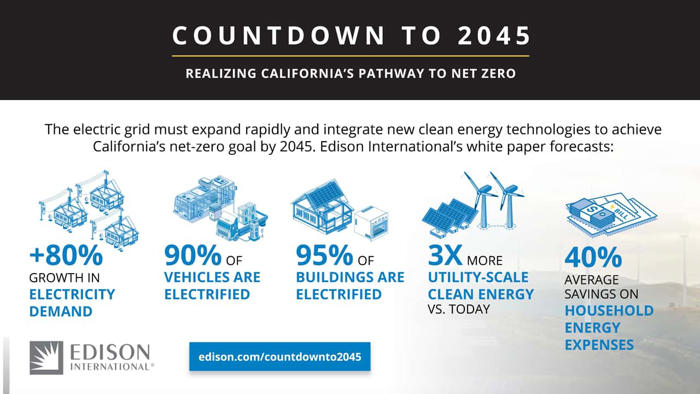
Countdown 2045
Countdown 2045
These numbers, in part, led to the projected 80 percent increase in usage figure mentioned above. "In order to meet that 80 percent demand in electricity, the California electric grid is going to need some upgrades, and it's going to need those upgrades at an unprecedented rate than we've done before," Parson said.
But she's not worried. "At Southern California Edison, we are very focused on making sure the grid is ready, reliable, and resilient for all of the electrification. It is something that we feel very strongly about, and we've done data and analysis that shows that this is the most efficient, effective, and affordable way to get to our clean energy future. So we are all in on it," Parson said.
Li, one of the UC Davis study authors, is also untroubled. "I personally think that the targets sound quite realistic. According to our study, the grid can accommodate the increase in EV adoption as long as they make the right estimations, enable charging management, and get the upgrades ready."
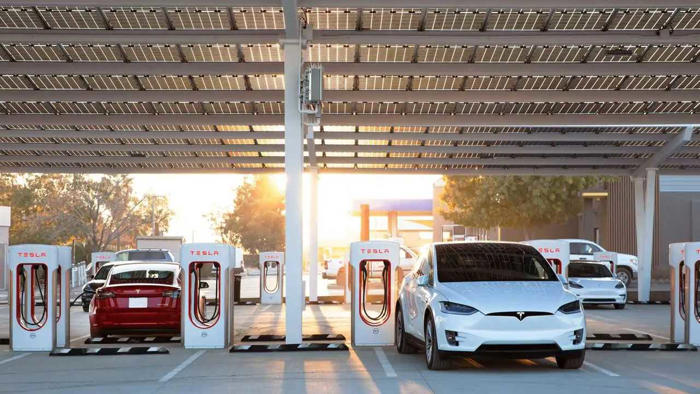
Tesla Supercharger
Tesla Supercharger
"Everybody should be excited about the transition and the transformation. There's a great amount of opportunity and possibility here," NYISO's Lanahan added. He warned that there's an unprecedented amount of "new challenges" ahead, but he says that they're on it. "That's part of our role. That's what we think about first every day when we work: reliability of the system."
So, if the people with their fingers on the pulse of our electrical grid aren't worried, maybe you shouldn't be either.
Tim Stevens is a veteran editor, analyst, and expert in the tech and automotive industries. He helmed CNET's automotive coverage for nine years and acted as Vice President of Content. Prior to that, Tim served as Editor-in-Chief at Engadget and even led a previous life as an Enterprise Software Architect. Follow Tim on Twitter at @tim_stevens and catch his Substack.
